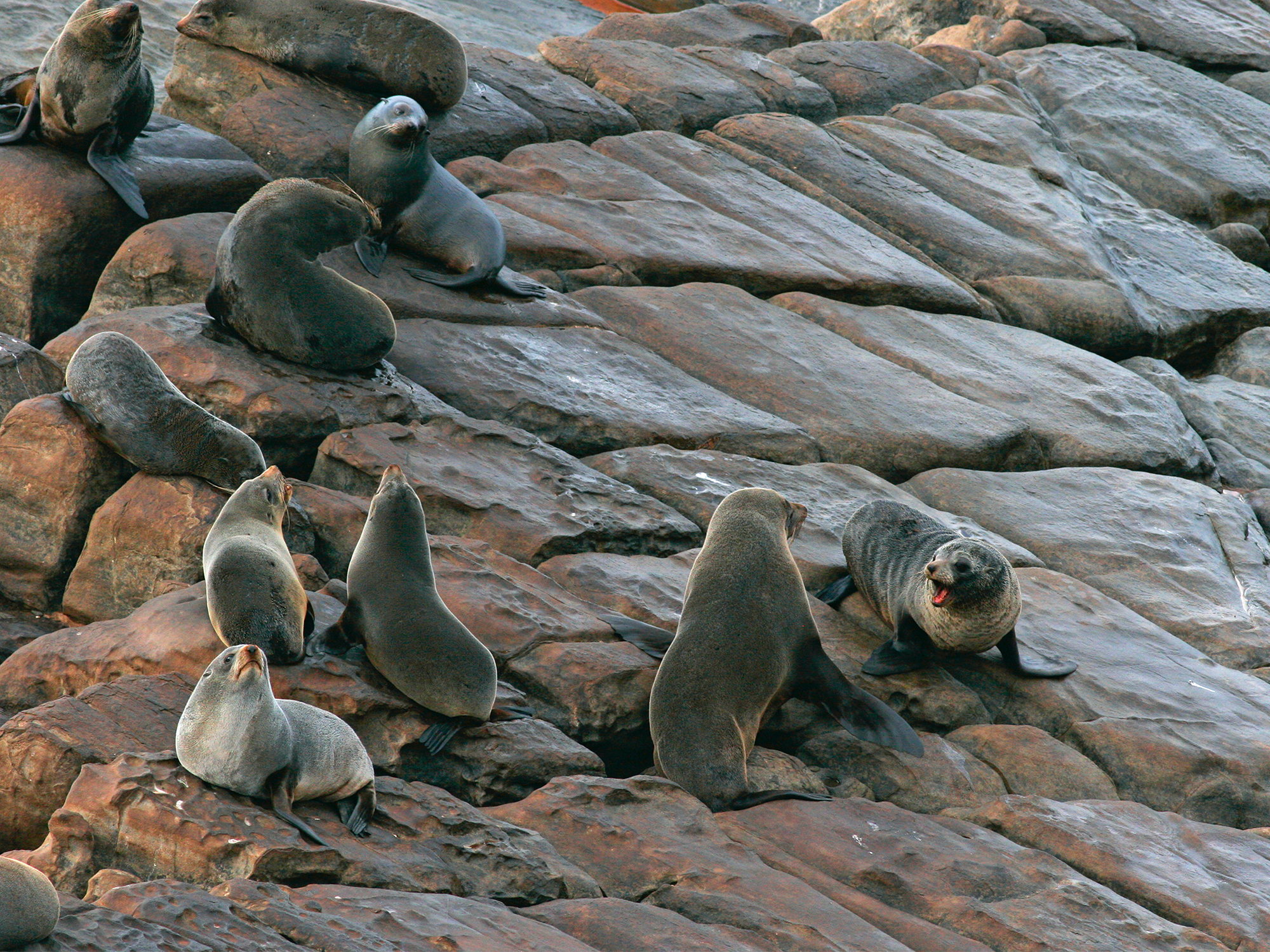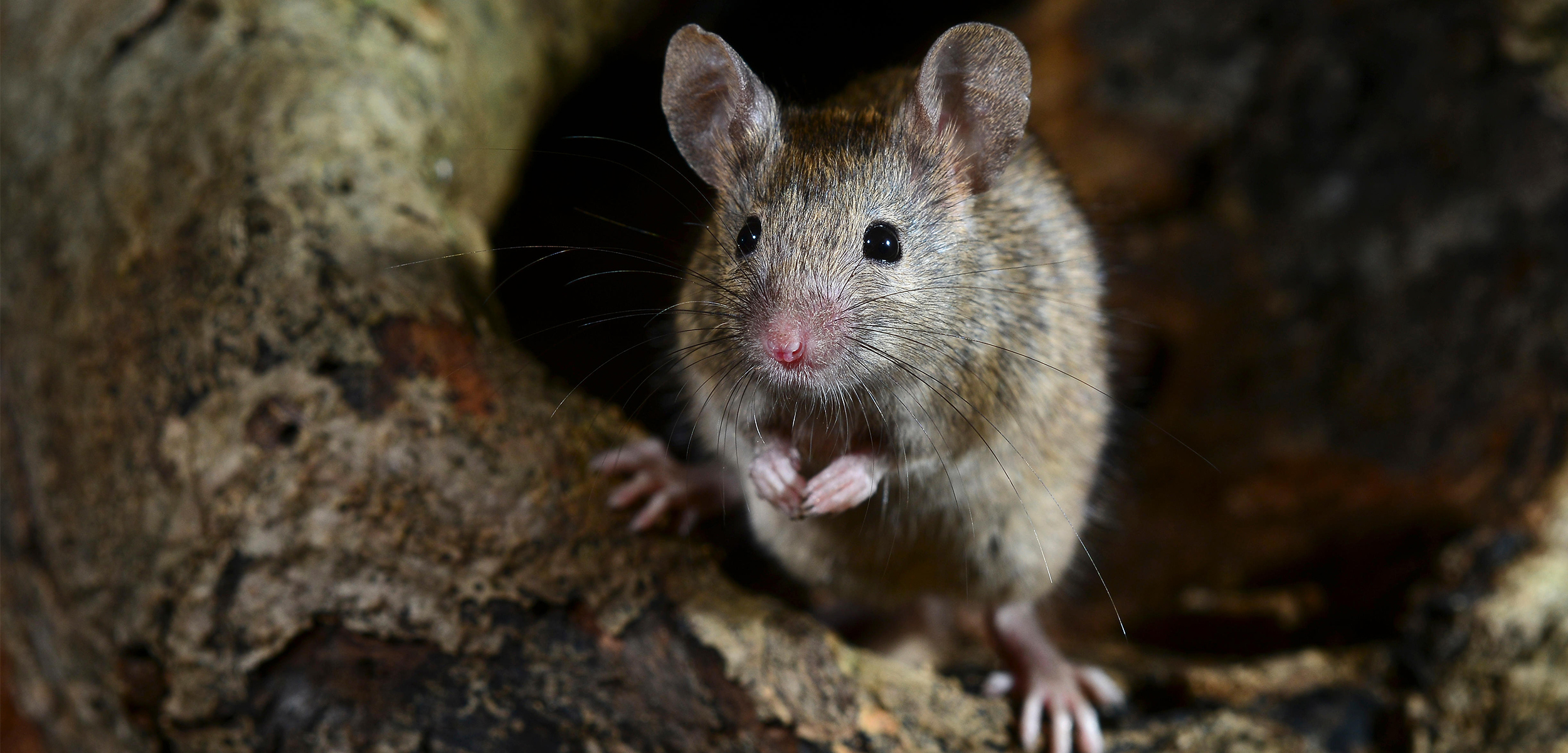Rodent DNA Reveals a Centuries-Old Black-Market Fur Trade
Historians have long suspected an illegal sealskin trade in the South Pacific, but few records exist. Recent research on invasive rats and mice could help confirm their suspicions.
Article body copy
The two landmasses that make up the bulk of New Zealand–the North Island and the South Island–are less than 25 kilometers apart but couldn’t be more different. The North Island hosts the country’s largest city, Auckland, and is known for towering volcanoes, legendary surfing beaches, and a relatively balmy climate. On the colder and quieter South Island, the rugged landscape is pierced by glassy lakes, rolling glaciers, and snow-capped mountains–familiar backdrops to fans of the Lord of the Rings movie trilogy. Recent research reveals that the islands’ differences extend all the way down to their rodents. And the findings could change our understanding of history.
It all started two decades ago, when zoologist Carolyn King and one of her students were untangling the origins of New Zealand’s invasive mice through genetic analysis. As expected, the researchers found that house mice on the North Island descended from European mice that hitchhiked on the ships of British colonists two centuries ago.
But when King and her team analyzed South Island mice, they discovered that the animals were related to a Southeast Asian mouse, a subspecies that is widespread in China but had never been found outside of Asia. The stray mice baffled King, who is based at the University of Waikato in New Zealand. “We couldn’t think where they came from,” she says.
The rodent riddle deepened in 2019, when researchers at New Zealand’s University of Auckland uncovered the same trend in Norway rats. The South Island’s animals matched with a strain known only from China, while the North Island rats were closest to England’s.
The mounting evidence suggested that rats and mice had voyaged from China to the South Island in the 1800s, when New Zealand was still part of British colony Australia. But there were no historical records—at least in English—of direct contact between China and the South Island that would explain how the rodents had arrived. King began to suspect that the circumstances of the rodents’ travel were not entirely above board.
In 2022, King coauthored a study offering a tantalizing explanation: the rodents arrived with traders who sailed to China to illegally sell the pelts of New Zealand fur seals, then returned to the South Island. In the 1800s, abundant fur seal rookeries dotted the South Island’s rugged coastline, with pelts the island’s only lucrative commodity. And in Canton (now Guangzhou), a bustling south China port city that formed the backbone of international trade, fur seal pelts were gaining value as the world’s sea otters and their precious fur became scarce. Those bold enough to dodge the rules by hunting fur seals could make a fortune.

In the 1800s, rogue traders were drawn to the fur seal colonies peppering New Zealand’s rugged South Island. Those bold enough to illegally trade sealskins in Canton, now Guangzhou, China, could make a fortune. Photo by William Robinson/Alamy Stock Photo
At the turn of the 19th century, conditions were ripe for shady dealings to flourish. The profit-hungry British East India Company tightly controlled its own monopoly on maritime trade by outlawing the colony from direct business with China and India. Most official trade ships from London, England, made pit stops in Sydney, Australia, en route to supplying New Zealand’s main port on the North Island.
King hypothesized that unscrupulous fur traders bypassed Sydney on their way to and from Canton to avoid authorities. “Those who wanted to sidestep the regulations did it very quietly,” she says. Such secretive voyages would have also evaded official record-keeping.
To determine whether the South Island’s invasive rodents arrived on official voyages, or via a secret shipping route directly from China, King and her coauthors compared the rodent DNA with genetic material from 19th-century rat and mouse specimens unearthed near Sydney’s port.
The results bolstered King’s suspicions. The Sydney house mice had European ancestry and the rats’ genes matched those of Norway rats found in Britain and the North Island. There was no trace of Southeast Asian house mice genes or the Chinese strain of rat—evidence that the ships carrying rodents from China didn’t pass through Sydney. Or, most of them didn’t.
Philippa Mein Smith, a historian at the University of Canterbury in New Zealand who was not involved in the research, says that there is some evidence of nefarious dealings through the port. In 1806, colonial authorities busted Simeon Lord, an ex-convict and sealing entrepreneur based in Sydney, for shipping 87,000 sealskins collected in the Antipodes Islands, south of New Zealand, to Canton via Sydney. But by some small miracle, Lord’s voyage must not have let any rodents loose.
The rogue traders that did evade detection by avoiding official shipping routes would have never suspected that the genes of stowaway mice and rats could reveal their movements centuries later. “The [rodents] gave them away,” says King.
Mein Smith says that King’s conclusion is plausible, given that many Sydney traders were at least as devious and profit-hungry as Lord. “There were all sorts of underhanded deals going on,” she says.
Although historians had an inkling there was a clandestine trade in fur seal pelts between Australia and China, the dearth of historical evidence made it difficult to confirm.
Genetic evidence can uncover information about the past that can’t be found in historical records or accounts, says study coauthor Andrew Veale, a vertebrate pest ecologist and geneticist at Manaaki Whenua Landcare Research. “DNA has this ability to tell the story of what really happened.”

